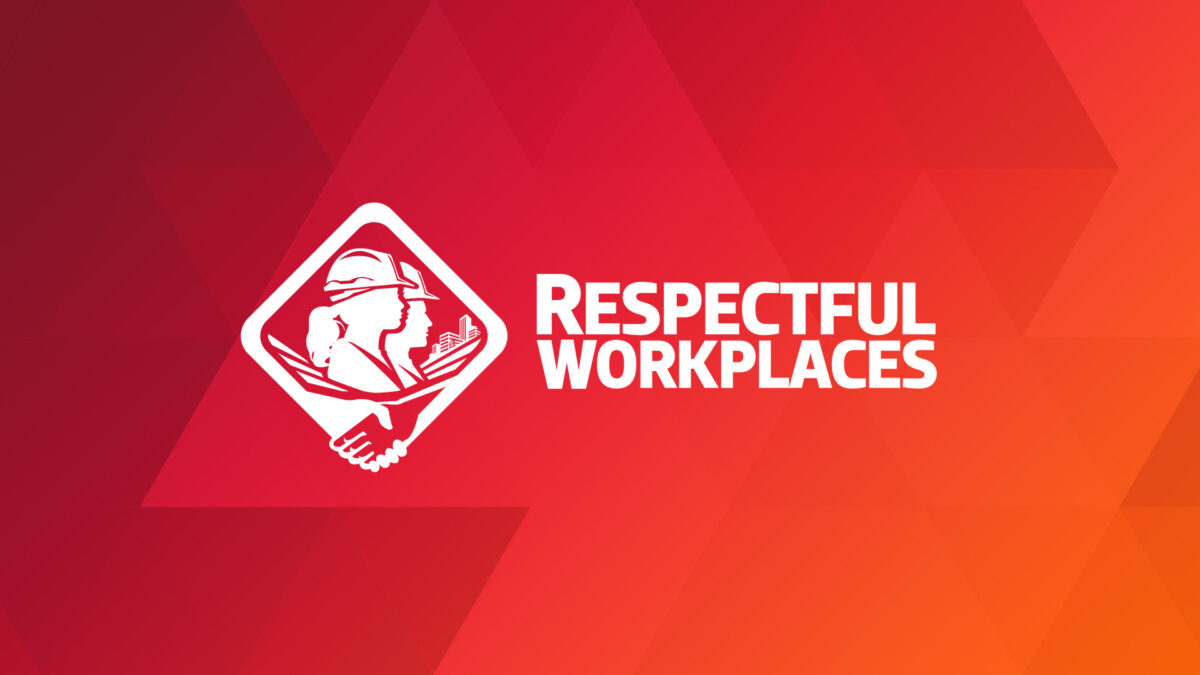Does your organization understand the power of outsider-insider group dynamics to shape career success?

This month marks our 50th blog post! In celebration, we’re having a contest. All you have to do is email us at communications@buildforce.ca with your name, company name, and phone number. On April 30, 2021, we’ll draw 5 names at random to receive a free “Working in a Respectful and Inclusive Workplace” course.
We hope you’ve found this blog useful in helping to create a respectful and inclusive workplace. If you have any suggestions for topics to cover, please contact us at communications@buildforce.ca. Thank you for reading!
—
Many of us are aware of different groups based on the business priorities of an organization, such as departments and teams; however, “outsider” and “insider” groups are also present. These groups could be based on one or a combination of personal characteristics, also known as “social group identities”, such as age, ethnicity, gender, race, or on education level, where you grew up, what your first language is, and so on.
Outsider and insider groups represent a systems level of unconscious bias. It’s not about individuals excluding other individuals. Unconscious bias regarding a personal characteristic such as race results in patterns of experience that can create obstacles for outsiders that insiders never experience.
Those individuals with characteristics that differ from the most powerful people in an organization will likely experience obstacles to success. Outsider-insider groups create dynamics based on power: the insider group is the group with more power, while the outsider group has less power. Outsider-insider dynamics are present even within teams.
All of us have experienced outsider and insider group status. Perhaps you were good at a sport in high school that put you into the insider group of talented athletes. But perhaps there were other personal characteristics that influenced the power dynamics within the team: you may have had a different racial or ethnic background than the other team members. Although these dynamics were probably never talked about, unconsciously, everyone knew that the team captain would be selected from the most powerful insider group. The selection wasn’t about talent; it was about the most valued personal characteristics.
The presence of outsider and insider groups creates dynamics that influence a person’s job experience and opportunities. It is a myth that job performance is based solely on individual ability and skill. Job performance is dependent upon many factors, including relationships with key parties, the support of peers, and the support of one’s manager, etc. These factors are affected by social group identity, such as race, gender, or ethnicity, that creates patterns of experience.
Patterns based on social group identity are evidence of barriers to inclusion in an organization. For example if there is a pattern of Black, Indigenous, and People of Colour only rising to certain levels, this is a sign that their social group identity is influencing promotion decisions. Understanding the power of outsider-insider group dynamics can help organizations reduce systemic racism.
Insiders have patterns of experience that help them to succeed. They are generally seen as the norm, given the benefit of the doubt, and assumed to deserve their position of leadership. Nothing bad is likely to happen based on their insider group membership.
In contrast, outsiders have patterns of experience that create obstacles to success. For example, research shows that Black professionals have less access to key decision makers than their white colleagues. They are also four times as likely to encounter racial prejudice compared to their white colleagues.
Although everyone faces challenges in life, such as completing a diploma or simply the hard work needed to achieve success, Black, Indigenous, and People of Colour are also likely to experience a pattern of obstacles based on their race – obstacles that white people will not experience.
The challenge for leaders and managers is to accept a paradox: they must appreciate people as individuals, while also being aware of their social group membership and how these dynamics shape career success. Understanding outsider-insider group dynamics helps leaders and managers to recognize patterns that can limit opportunities and career success for Black, Indigenous, and People of Colour.
—
The BuildForce Respectful Workplace Online Toolkit provides three tools based on the proven practices of respectful and inclusive organizations to help address systemic racism: the Online Self-Assessment Tool, a Policy Framework and Implementation Guide, and the online course, “Working in a Respectful and Inclusive Workplace.”
The management Self-Assessment Tool provides a blueprint of the actions required to identify and re-work systems where unconscious bias may be impacting management goals to be fair and inclusive in their recruitment, promotion, and retention practices.
Also look for the new BuildForce online course, to be released in early 2021, to help leaders and managers to understand systemic racism. BuildForce is also developing a new module for the “Working in a Respectful and Inclusive Workplace” course to help workers develop awareness about systemic racism, also to be released in 2021.
For more info:
- CoQual. “Being Black in Corporate America: An Intersectional Exploration.” 2019. See https://coqual.org/wp-content/uploads/2020/09/CoqualBeingBlackinCorporateAmerica090720-1.pdf.
- Deloitte. “The Diversity and Inclusion Revolution: Eight Powerful Truths.” January 2018. See www2.deloitte.com/us/en/insights/deloitte-review/issue-22/diversity-and-inclusion-at-work-eight-powerful-truths.html.
- Donovan, Mason and Mark Kaplan. “The Inclusion Dividend, 2nd Ed.” DG Press, New Hampshire, U.S., 2019.
Read from the beginning. Click here to start at Part 1.
What can an effective Respectful and Inclusive Workplace Program deliver?
- Become an employer of choice – attract, retain, and advance top talent from all sources of labour
- Unlock collaboration and innovation – create high-performing teams through diversity of thought and experience
- Build your brand – your organization will gain a competitive edge as a leader and innovator
Get started today!
The BuildForce Canada Online Respectful and Inclusive Workplace Toolkit includes:
- the Respectful Workplace Online Self-Assessment Tool to assist organization leadership in assessing their current situation and identifying where they may need to make changes
- the Respectful Workplace Policy Framework and Implementation Guide to assist organizations in creating and implementing a policy that supports a respectful and inclusive workplace
- the Respectful Workplace Online Training Course to train workers on how to create and support a respectful and inclusive workplace
- the online course Introduction to Understanding Systemic Racism: A Guide for Leaders and Managers
All the resources you need to create and support a respectful and inclusive workplace!

Respectful and Inclusive Workplaces
